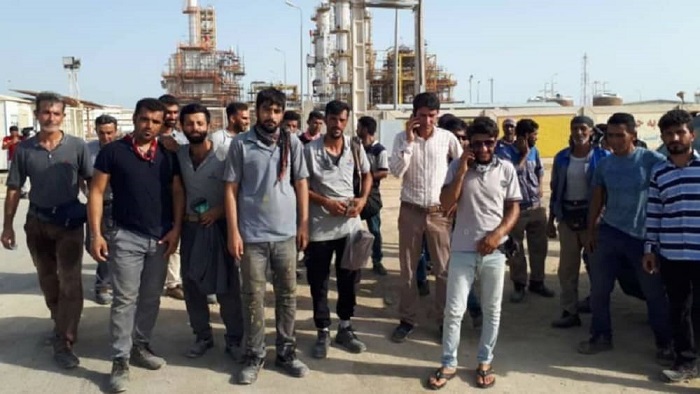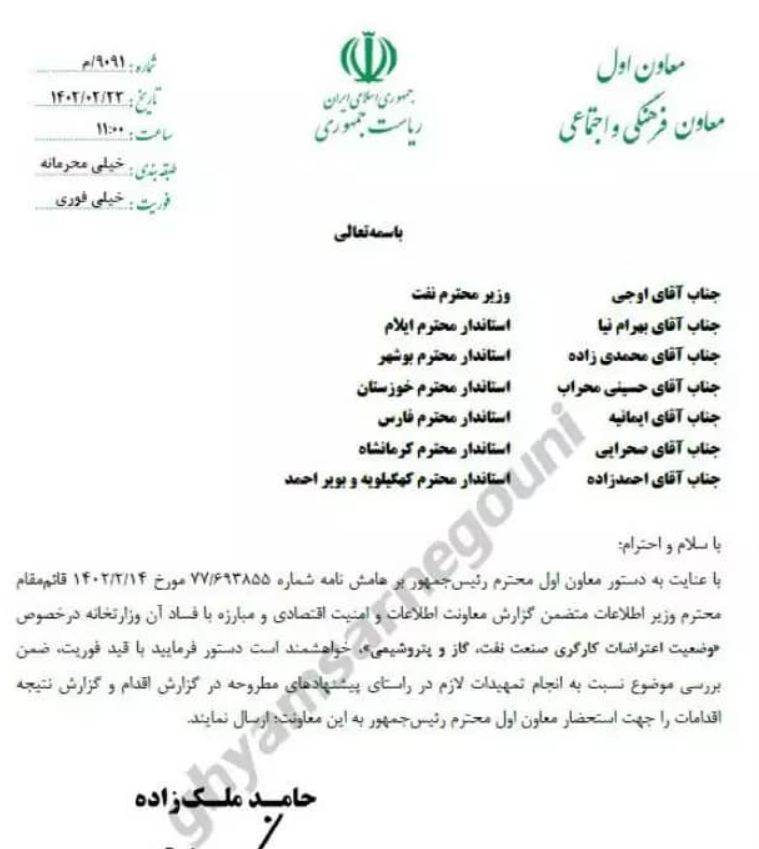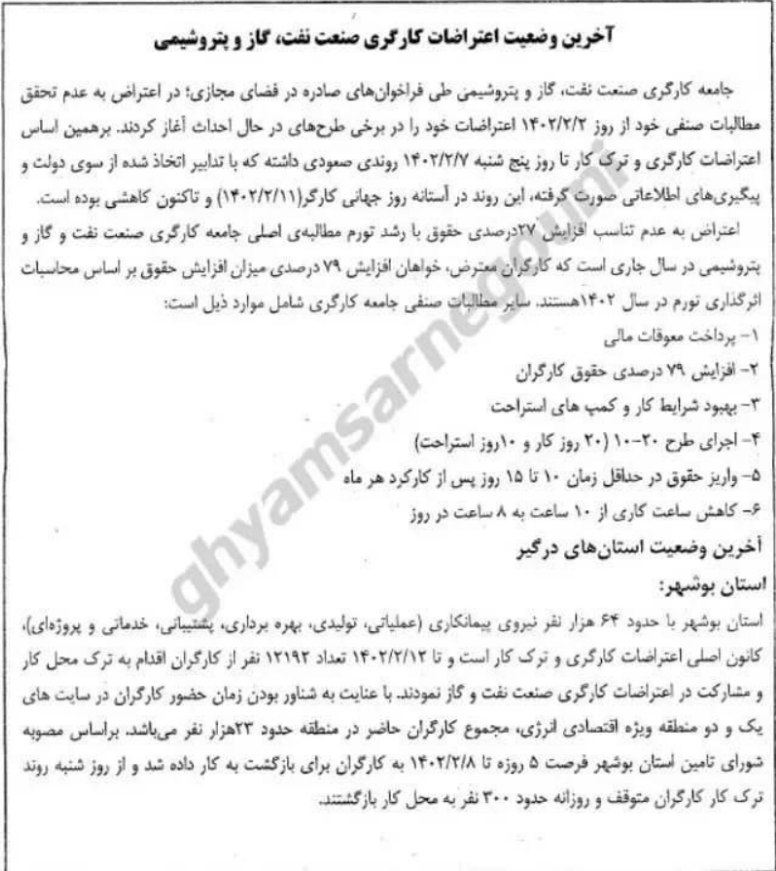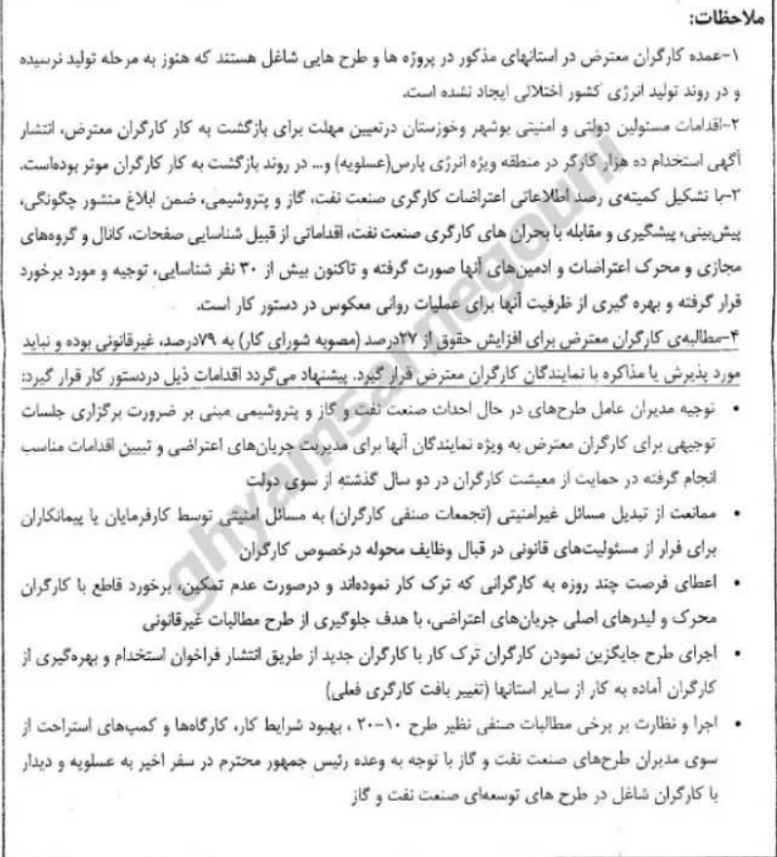

The documents demonstrate a high level of surveillance on protestors, indicating the regime’s view of protests as a substantial security threat.
The documents are reportedly from the MOIS, detailing the status of protests within the oil, gas, and petrochemical industries. Protests are initially discussed at the MOIS headquarters in Tehran before being communicated to the Presidential Organization. These involve implementing plans to disrupt the workers’ unity, thereby reducing the effectiveness of the strikes.

Further revelations show that the MOIS has a practical mechanism to identify protesters. The ministry uses social media monitoring to identify and arrest some protesters, who are then coerced into espionage activities against their colleagues.
The protests initially erupted on April 22, 2023, with the oil, gas, and petrochemical industries’ workers demanding a 79% wage increase to offset the inflation rate’s impact. Other demands include payment of arrears, improved working conditions, and reduced working hours.
The actions taken by government and security officials to manage the protests, including setting deadlines for returning to work and identifying and dealing with social media pages related to the protests, were also documented.
Additionally, the documents suggest the regime’s refusal to negotiate the 79% wage increase, deeming it illegal. It proposes explanatory sessions for protesting workers, managing protest movements, and implementing plans to replace striking workers with new ones.

The Vice Presidential Office’s correspondence indicates a directive to the Governors of the mentioned provinces and the Minister of Oil to urgently take necessary measures in response to the protests. The document concludes with a request for reports on the actions taken and their results.

These leaked documents provide a rare insight into the Iranian regime’s comprehensive and strategic approach to handling protests and managing dissent, highlighting the government’s willingness to use coercion and manipulation to maintain control. The revelations have raised further concerns about human rights and freedom of speech in the Islamic Republic.

MEK Iran (follow us on Twitter and Facebook), Maryam Rajavi’s on her site, Twitter & Facebook, NCRI (Twitter & Facebook), and People’s Mojahedin Organization of Iran – MEK IRAN – YouTu







